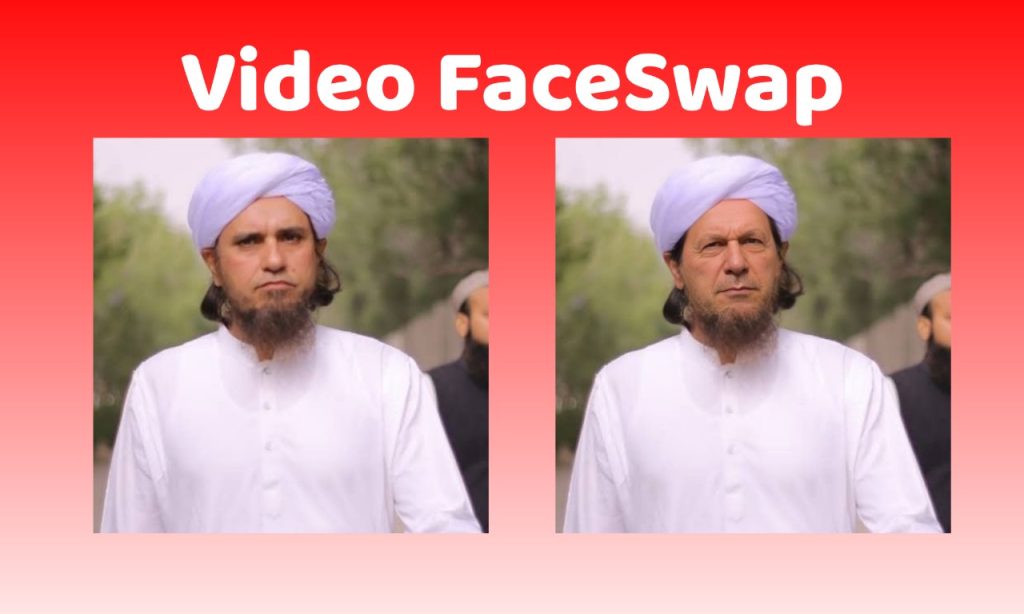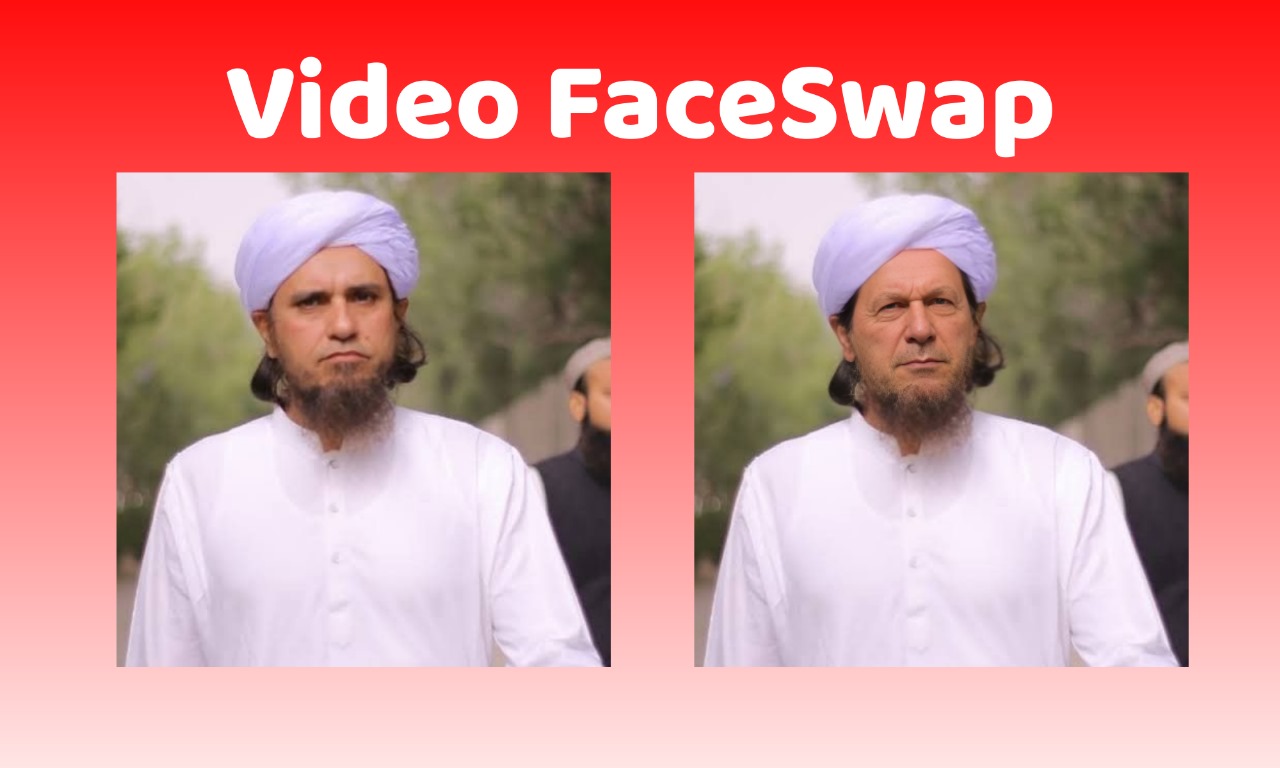In today’s tech-driven world, artificial intelligence continues to revolutionize the way we engage with digital media. One of the most fascinating and controversial applications of AI is video face swap technology. Whether used for comedy sketches, blockbuster films, or personalized marketing, face swapping has captured the imagination of creators and consumers alike. But as with any powerful tool, it comes with a set of responsibilities and risks that we can’t ignore.Video Facewap – Best Ai Website
Let’s take a deep dive into what video face swap technology is, how it works, where it’s being used, and what we need to consider going forward.
What is Video Face Swapping?
At its essence, video face swap is a technology that allows one person’s face to be digitally replaced with another’s in a moving video. This isn’t simply pasting a face onto another; it involves advanced machine learning algorithms that mimic facial movements, expressions, and even emotions, so the final video looks incredibly realistic.

The concept might seem like it belongs in a sci-fi movie, but it’s already being used widely. From viral TikTok videos to scenes in Hollywood films, face swapping has made a strong impact across media and entertainment. But what exactly goes on behind the scenes?
The Tech Behind Video Face Swap
The magic of face swapping in videos is largely powered by artificial intelligence, particularly deep learning methods. Here’s a simplified breakdown of how it works:
- Face Detection
First, the software identifies faces in a video. It uses facial recognition techniques to detect the unique landmarks of a face—like the eyes, mouth, and nose. - Data Collection and Training
To swap faces, the system needs images or video frames of both the original and target faces. These inputs help train an AI model that learns the nuances of each person’s facial structure and expressions. - Facial Mapping
After training, the AI maps the expressions and head movements of the person in the original video onto the new face. - Rendering the New Face
The target face is then layered into the video with real-time adjustments for lighting, angles, and motion. The result is a realistic transformation that can be nearly impossible to detect with the naked eye. - Final Touches
Post-processing is used to smooth out any glitches or inconsistencies, ensuring a polished final video.
This process may sound technical, but it’s become more accessible thanks to AI tools and mobile apps that simplify the process for everyday users.
Practical Applications in the Real World
Video face swapping isn’t just a fun trick for social media. It’s being used across various industries in ways that are both innovative and surprising.
- Social Media and Content Creation
Social platforms like Instagram, TikTok, and Snapchat offer filters that use face swap features to entertain users. These range from harmless face swaps with friends to humorous transformations into celebrities or fictional characters. It’s a form of digital play that encourages creativity and user engagement.
- Film and Television
Face swap and deepfake technologies are changing the filmmaking process. Studios are now able to de-age actors, resurrect historical figures, or even allow actors to play multiple characters in the same scene. This enhances storytelling and gives filmmakers more freedom without being bound by traditional casting or makeup limitations.
- Marketing and Personalization
Advertisers are also tapping into face swap tech to create personalized content. Imagine seeing yourself in an ad for a new product or service—that kind of customized marketing can boost engagement and conversion rates significantly.
- Gaming and Virtual Reality
In VR games, video face swap allows players to embody characters that look like themselves or completely different people, adding a personal layer to immersive gameplay experiences.
The Dark Side: Risks and Ethical Challenges
Despite its creativity and entertainment value, face swap technology also has a darker side. Its misuse can cause real-world harm, leading to legal and ethical concerns that are growing rapidly alongside the tech.
Deepfakes and Misinformation
Deepfakes—hyper-realistic videos created by swapping faces—are often used maliciously to spread false information. For example, a fake video of a political figure saying something controversial can go viral and manipulate public opinion before it’s proven false.
Violation of Privacy
Swapping someone’s face into a video without their permission is a clear invasion of privacy. Celebrities, public figures, and even private individuals have been targeted by unauthorized deepfake content, raising serious concerns about consent and control over one’s own image.
Cyber Harassment and Exploitation
Some people use face swap technology to create explicit or degrading content involving unwilling subjects, which is a form of digital harassment. Victims of such misuse often suffer emotional and reputational damage.
Regulation and Detection: The Fight Against Misuse
To combat the negative effects of face swap tech, researchers, lawmakers, and tech companies are stepping up:
AI-Based Detection Tools
Developers are building AI tools that can detect when a video has been manipulated. These detection systems analyze inconsistencies in lighting, blinking, and facial movement that might not align naturally.
Platform Policies
Social media platforms are introducing stricter rules to ban or flag manipulated content. Facebook, YouTube, and Twitter have all taken steps to remove deepfake videos that violate community guidelines.
Government Legislation
Some countries have started introducing laws to regulate deepfake creation and distribution, particularly for non-consensual or politically sensitive content. The aim is to protect individual rights while still allowing room for creative expression.
What’s Next for Video Face Swap?
The future of face swapping in videos looks both promising and complex. As AI continues to evolve, we’ll likely see more seamless and accessible face swapping tools emerge.
Here are a few potential directions:
Real-Time Face Swapping in Video Calls
Video conferencing tools might soon integrate real-time face swap filters, allowing people to adopt avatars or digital masks during meetings.
Interactive Storytelling
Viewers may be able to insert themselves into movies or games, creating personalized narratives where they are the main character.
Education and Training
In fields like medicine or engineering, face swapping could be used in simulations to create more relatable training experiences.
Final Thoughts
Video face swap technology is a brilliant example of what AI can achieve when applied creatively. From boosting social media engagement to enhancing movie magic, its potential is vast. But with that potential comes responsibility.
Users, developers, and regulators must work together to ensure this technology is used ethically. While we embrace the entertainment and innovation it brings, we must also stay alert to its risks—particularly when it comes to privacy, consent, and misinformation.
Ultimately, like many technologies, face swapping is a double-edged sword. How we choose to wield it will define its role in our digital future.
